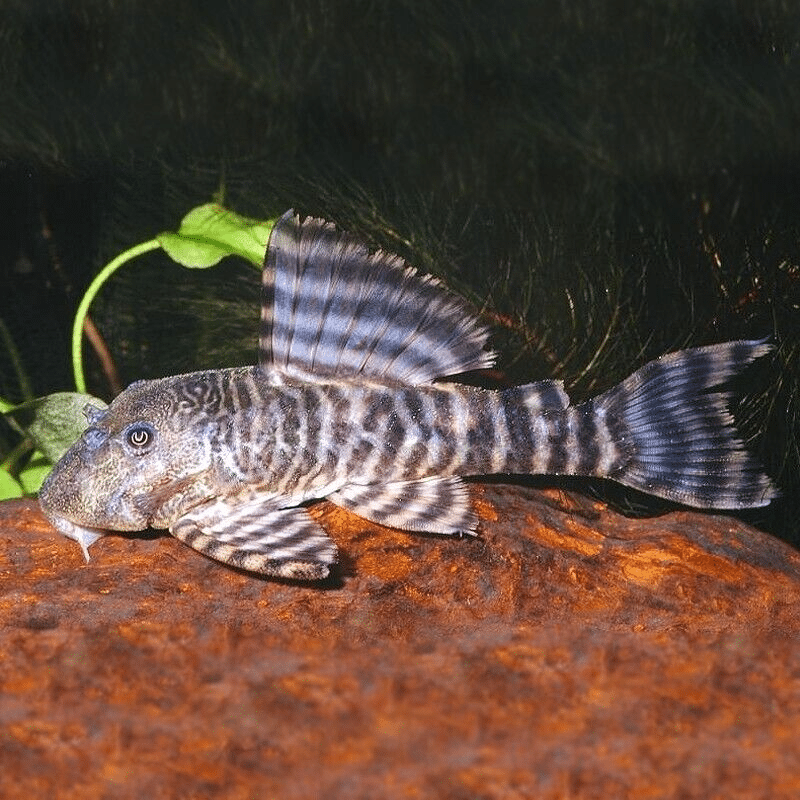To provide the best experiences, we use technologies like cookies to store and/or access device information. Consenting to these technologies will allow us to process data such as browsing behaviour or unique IDs on this site. Not consenting or withdrawing consent, may adversely affect certain features and functions.
The technical storage or access is strictly necessary for the legitimate purpose of enabling the use of a specific service explicitly requested by the subscriber or user, or for the sole purpose of carrying out the transmission of a communication over an electronic communications network.
The technical storage or access is necessary for the legitimate purpose of storing preferences that are not requested by the subscriber or user.
The technical storage or access that is used exclusively for statistical purposes.
The technical storage or access that is used exclusively for anonymous statistical purposes. Without a subpoena, voluntary compliance on the part of your Internet Service Provider, or additional records from a third party, information stored or retrieved for this purpose alone cannot usually be used to identify you.
The technical storage or access is required to create user profiles to send advertising, or to track the user on a website or across several websites for similar marketing purposes.


 Purple Vampire Crab - Geosesarma Dennerle - Decapod Crustacean
1 × £7.74
Purple Vampire Crab - Geosesarma Dennerle - Decapod Crustacean
1 × £7.74 

 Red Devil Vampire Crab - Geosesarma Hagen - Decapod Crustacean
1 × £8.71
Red Devil Vampire Crab - Geosesarma Hagen - Decapod Crustacean
1 × £8.71 









Emily Carter (verified owner) –
I recently added the L226 Iquitos Tiger Pleco to my aquarium, and I couldn’t be happier! As a caring fish parent, I prioritize the health and happiness of my aquatic friends, and this catfish has truly exceeded my expectations. After just two weeks, I’ve noticed significant algae reduction in my tank, thanks to its impressive diet of plant matter and algae. The unique patterns on its body add a stunning visual appeal to my setup, making it a standout among my other fish. Compared to other catfish species I’ve kept, the L226’s personality is incredibly engaging, as it’s more active during the day, allowing me to enjoy watching it interact with its environment. My only minor concern is that it prefers slightly warmer water, so I had to adjust my heater, but that’s a small price to pay for such a wonderful addition. I highly recommend the L226 Iquitos Tiger Pleco to anyone looking to enhance their aquarium. It’s perfect for both novice and experienced aquarists who want a beautiful and beneficial fish. You won’t regret this choice!